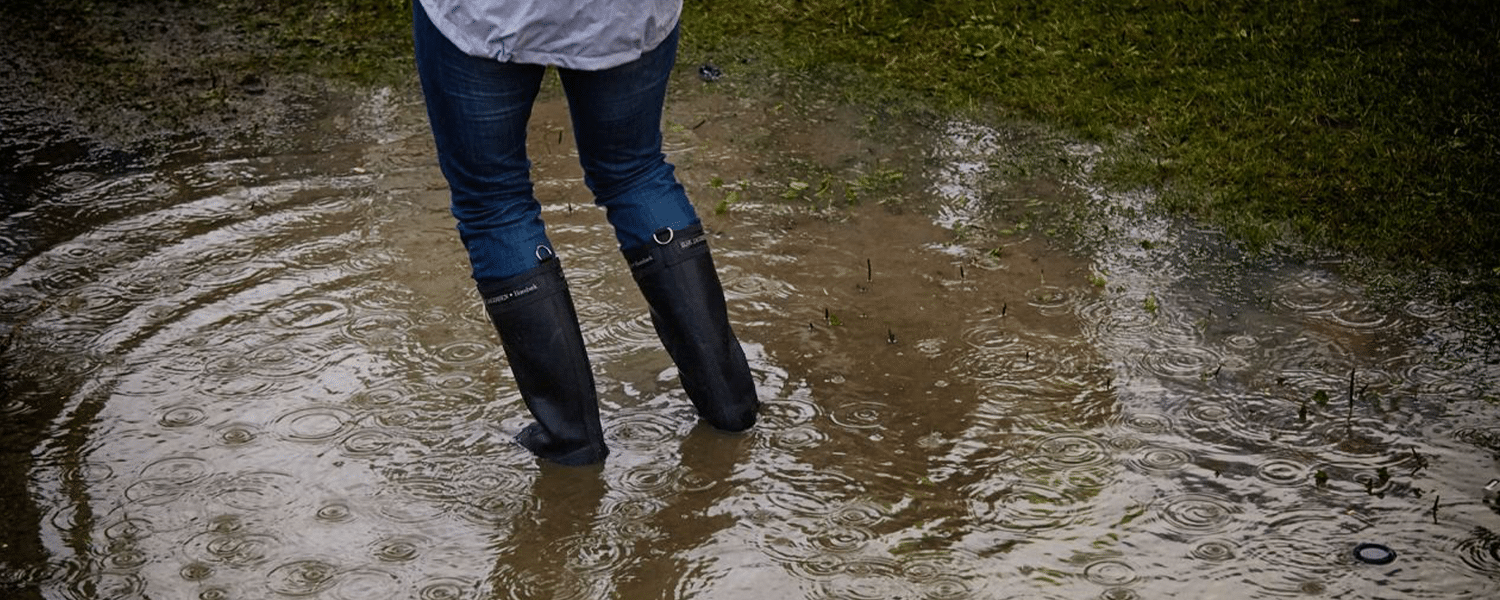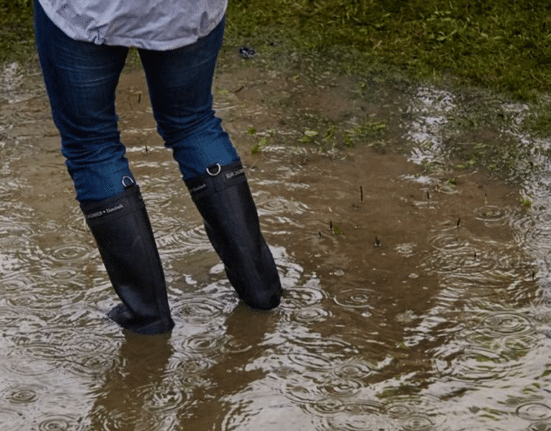Betty, internationally known as Mawar, was a super typhoon when it entered the Philippine Area of Responsibility on May 27.
Weather bureau PAGASA announced Saturday evening that Betty was downgraded to a typhoon category as it moved westward over the Philippine Sea.
PAGASA said in its 5:00 a.m. bulletin on Sunday that Typhoon Betty still maintained its strength as it moved over the east of Northern Luzon. Tropical Cyclone Wind Signal No.1 was also raised in some parts of Luzon.
It added that the typhoon will enhance the Southwest Monsoon, or Habagat, this week, which will possibly bring rains in the western portions of MIMAROPA and Western Visayas.
The bureau said that flooding and rain-induced landslides are likely to occur, “especially in areas that are highly or very highly susceptible to these hazards as identified in hazard maps and in localities that have experienced considerable amounts of rainfall for the past several days.”
Meanwhile, it would be better to know what to do to keep ourselves safe from flooding.
Here are some safety tips we should consider:
Before, during, and after a flood
The Philippine Information Agency, the government’s public information arm, reminded the public to be updated about the typhoon and their local government’s evacuation plan. It said that they should participate in flood drills in their respective communities.
ALAMIN: Narito ang mga dapat gawin bago, habang, at pagkatapos ng baha. Ibayong pag-iingat at pagsunod sa mga abiso ng awtoridad ang panawagan sa publiko.#LigtasNaPilipinas I #BeAlertBeReady I #SuperTyphoonMawar I #BettyPH pic.twitter.com/9Qk9fI5iH9
— Disaster Information Service PH (@DisasterInfoPH) May 27, 2023
Filipinos have to make sure that all important things in their household are elevated, and LPG tanks, electricity, and water switches should be turned off.
Residents must comply immediately once the authorities tell them to evacuate, along with their pets if they have any.
If a flood occurs, the PIA said that those who are not told to evacuate should remain at home and continue to be updated on the weather situation.
They should avoid touching appliances if they are drenched in rain or standing in flood waters.
The agency also warned people against swimming or sailing on rivers, crossing creeks or rivers that are above knee level, and walking or driving in flood-affected areas.
Once the flood recedes, the residents can only leave the evacuation area if the authorities allow them to do so.
They are told to notify the authorities of fallen trees, electric posts, or damaged water and telephone lines. The PIA added that they should ensure that all appliances and outlets are completely dry before turning on their power lines.
Filipinos are also advised to inspect their homes for any damages and have them repaired if needed.
They should also check if their food and drinking water are clean. Rainwater on barrels, plant pots, and tires should be thrown away to keep mosquitoes out.
Electricity use
Meralco also issued safety tips in connection with Typhoon Betty.
The electricity distributor said that all appliances must be unplugged from wall sockets, and light bulbs should be unscrewed if possible.
Rubber gloves and rubber-soled shoes must be worn when removing mud and dirt from the service equipment or the main circuit breaker. The wiring system should be checked by a licensed electrician.
Flood-damaged electrical appliances shouldn’t be turned on.
Meralco also urged everyone to reach out to them to report brownouts and for restoration updates.
Emergency Go Bag
Local government units told their constituents to also prepare their emergency go bags which will contain the following:
- Important documents
- Cash
- Mobile phones, chargers, and batteries
- First-aid kit and medicines
- Clothes
- Food and water
- Face masks and other sanitary supplies
Pet safety
During such disasters, some organizations and netizens call on all hoomans to have a safety plan for their pets.
A STORM IS COMING📷📷
— PAWS Philippines (@PAWSPhilippines) May 26, 2023
As Super Typhoon Mawar is expected to enter PAR as early as tonight, we hope you can take the extra precaution to secure your pets & allow strays to seek temporary shelter in your property. A little kindness goes a long way in helping those who. pic.twitter.com/1q31TyKiQ1
The volunteer-based Philippine Animal Welfare Society or PAWS encouraged furparents to look for pet-friendly facilities for their evacuation.
Like their hoomans, pets should also have an emergency Go Bag that will contain their identification records, food and water, towels and blankets, bowls, medications, a leash and collar, toys, a carrier or crate, and a litter box.
Pets should not be left behind, chained, or caged, PAWS said.









